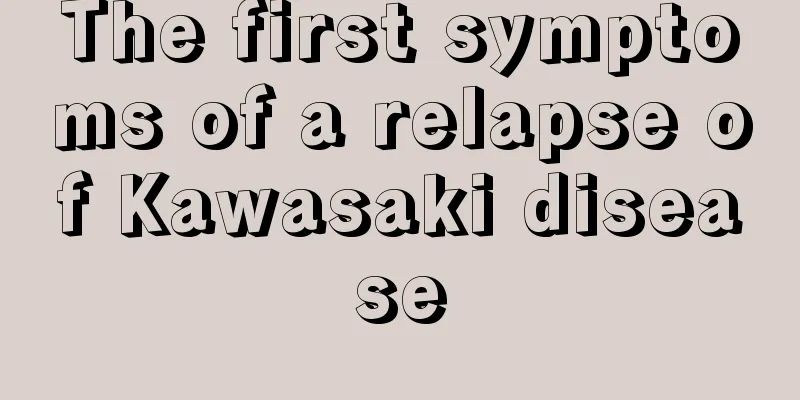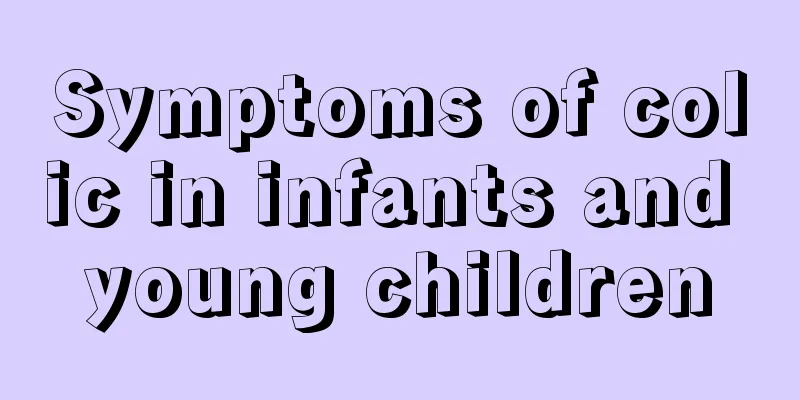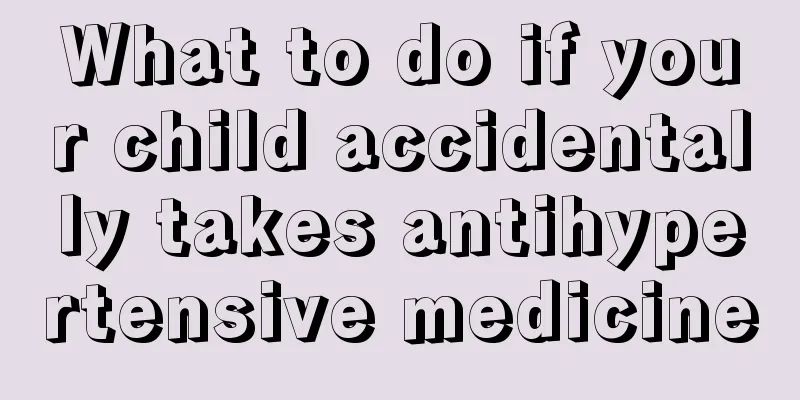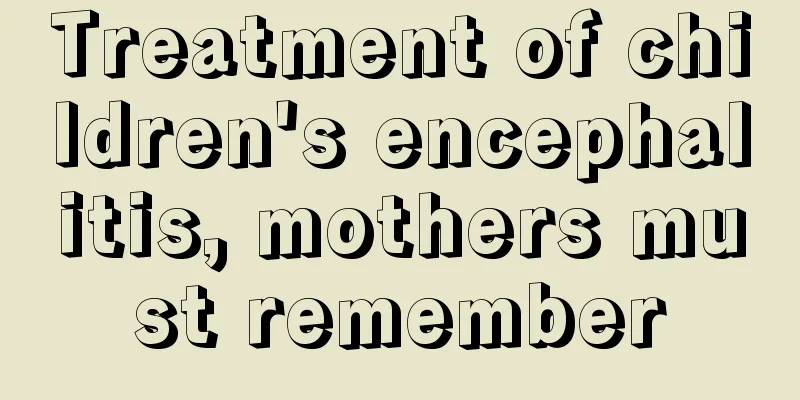The first symptoms of a relapse of Kawasaki disease

|
Kawasaki disease is a disease with a very high incidence in children. The main symptoms are high fever, conjunctival congestion of both eyes, chapped lips, swelling and hardening of fingers and toes, etc. Kawasaki disease can be treated through certain methods, and after being cured, the possibility of recurrence is relatively small, but this does not mean that the disease will not recur. So, what are the symptoms after a relapse of Kawasaki disease? The following will introduce it to you! 1. Symptoms of Kawasaki disease recurrence The main symptoms are long-term high fever, lasting more than 5 days, and ineffective antibiotic treatment. The second is bilateral conjunctival congestion, the third is lip congestion, cracking and bleeding, bayberry tongue, diffuse congestion of the oral and pharyngeal mucosa, and the fourth is swelling and hardening of the fingers and toes. Non-suppurative cervical lymphadenopathy in the acute phase. It is an amorphous rash, and the shape of the rash is diverse. It can be scarlet fever-like, urticaria-like, or papular-like. 2. Etiology and Pathogenesis The cause of Kawasaki disease is currently unknown. However, a large number of epidemiological and clinical observations have shown that Kawasaki disease is related to infection, but it has not been determined so far that microorganisms are the only cause of the disease. Studies have found that children with Kawasaki disease have abnormal immune activation, suggesting that the onset of the disease is related to abnormal immune function. In the acute phase, the number of active T cells, B cells, and monocytes/macrophages in the peripheral blood increases; the activation of lymphocytes and monocytes/macrophages is accompanied by an increase in the secretion of cytotoxins and an increase in the amount of inflammatory mediators (such as TNF, superoxide radicals, etc.) in the blood circulation and anti-endothelial cell autoantibodies produced by activated B cells, which can damage vascular endothelial cells and lead to endothelial dysfunction, apoptosis and necrosis. These immune damage processes may continue into the recovery phase of Kawasaki disease or even longer, leading to excessive proliferation of smooth muscle cells and collagen tissue in damaged blood vessels and causing arterial stenosis. 3. Treatment Methods The standard treatment for the acute phase of Kawasaki disease is high-dose intravenous immunoglobulin (IVIG) and oral aspirin. 1. Aspirin: It inhibits the synthesis of prostaglandins by inhibiting cyclooxygenase and blocks the production of thromboxane A by platelets. It has anti-inflammatory effects when used in sufficient amounts, and anticoagulant effects when maintained in small doses. 2. Flurbiprofen: Only used for patients with severe aspirin hepatotoxicity or aspirin contraindications. 3. High-dose immunoglobulin: High-dose intravenous immunoglobulin (IVIG) infusion within 10 days of onset can effectively improve symptoms, reduce the incidence of coronary artery disease, and shorten the course of the disease. If the body temperature is still higher than 38°C 48 hours after IVIG treatment within 10 days of onset, or if the patient develops a fever again within 2 weeks after medication (usually 2 to 7 days) and at least one of the main clinical manifestations of Kawasaki disease appears, it is considered as IVIG-unresponsive and IVIG can be used again or other drugs such as hormones can be used depending on the situation. 4. Other treatments: In addition to aspirin to prevent platelet aggregation, patients with coronary artery lesions in the recovery period of Kawasaki disease should also take dipyridamole (persantin) 3-5 mg/(kg·d). If there are one or more giant coronary artery aneurysms or multiple small to medium coronary artery aneurysms, warfarin anticoagulant therapy should be added. In addition, symptomatic and supportive therapies should be given according to the condition of the disease, such as fluid supplementation, liver protection, control of heart failure, correction of arrhythmias, etc. Thrombolytic therapy should be performed in time when myocardial infarction occurs; patients with severe coronary artery disease require coronary artery bypass grafting or interventional treatment. |
<<: What to do if Kawasaki disease recurs for the second time
>>: Risk factors for recurrence of Kawasaki disease
Recommend
What to do if children have itchy blisters on their hands
In fact, many people have experienced small blist...
What should I do if my one-year-old child has diarrhea?
When a child is one year old, his digestive syste...
What are the treatments for pseudomyopia in children?
Pseudomyopia in children is caused by excessive e...
6-year-old baby knee pain
For a 6-year-old baby, when knee pain occurs, it ...
What to do if a child's tooth root is broken
Children are naughty by nature, so parents must t...
The dangers of pathological jaundice in children
Pathological jaundice is a common disease in newb...
Hearing delay in premature infants
Since premature babies are born before full term,...
What’s going on with my baby’s stuffy nose?
Many children will experience nasal congestion wh...
What should children eat after being sick to be good for their health?
As long as the child is sick, the adults in the f...
What medicine should be sprayed for children's oral ulcers?
Children in their early childhood are very prone ...
What to do if your two-month-old baby falls off the bed
It is very common for babies to fall off the bed ...
What should I do if my ten-year-old child is constipated?
When children are growing, if they do not pay att...
Why is the urine white in children?
White urine generally refers to the white color o...
What to do if a five-year-old child has a hunchback
When children are in the growth and development p...
Will roseola infantum occur a second time?
Roseola infantum is more common in babies between...









